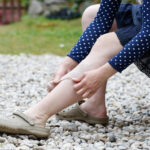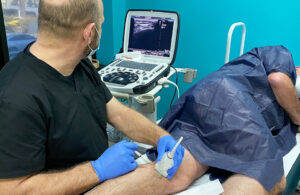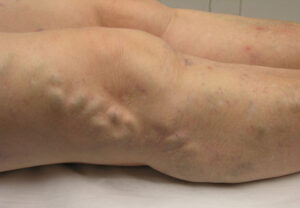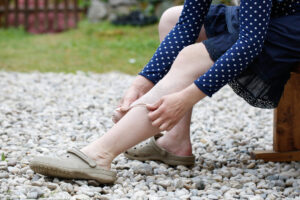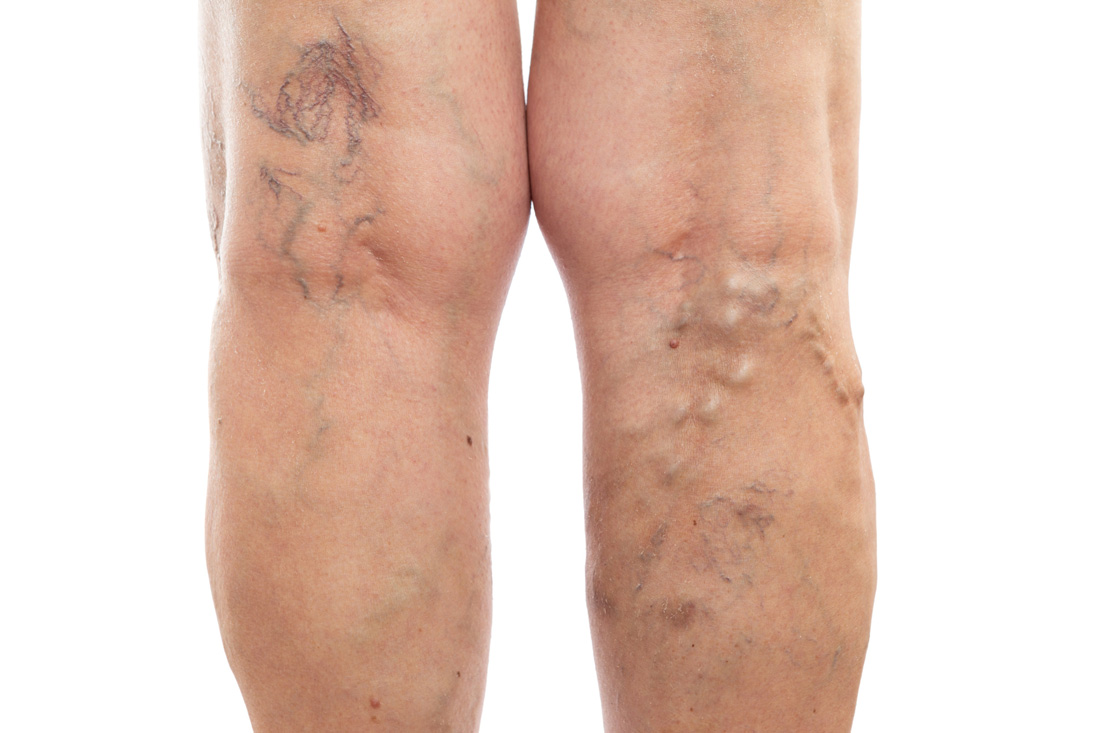
One of the frustrations (but also joys) of working in the area of venous disease is seeing people come forward after many years of suffering from complications of varicose veins, and then seeing them benefit from varicose vein treatment.
This week I had a visit from a Brisbane woman in her late 40s who had finally been convinced by her daughter to seek medical advice. Jane had essentially tolerated living with heavy, aching, and swollen legs which had gradually worsened after the appearance of varicose veins in her second pregnancy 23 years ago. She had taken to always wearing long trousers and was self-conscious having her legs examined by a vein doctor, let alone being seen by friends and acquaintances. After one unsuccessful effort at vein surgery 20 years ago, she had given up.
What are Varicose Veins?
Varicose veins are the larger, usually bulging blue-green veins visible on many people’s legs. Not all visible leg veins are varicose, or “incompetent”, and ultrasound examination can help to define the nature of such veins. Varicose veins are of concern due to cosmetic appearance, but may also cause leg aching, swelling, and more severe skin changes in the lower legs.
Assessment of varicose veins consists of a review of an individual’s medical history and the symptoms associated with the veins. We also check for signs on the lower legs of progressive tissue compromise secondary to the varicose veins. Accurate venous ultrasound scanning helps to diagnose the source of the varicose vein problems and identify the most appropriate treatment approach.
Modern varicose vein treatment
Jane was pleased to learn during our consultation that there have been enormous advances in the treatment of varicose veins over the past 25 years, and that her venous disease, while quite advanced, is very treatable.
Modern techniques of ultrasound-guided sclerotherapy, endovenous laser, and vein adhesives make treatment infinitely less traumatic than the traditional methods of vein stripping. Certainly, in her circumstances she will require several visits for treatment and follow up to get optimum results, but the potential improvement in her quality of life is huge.
In my experience over the years, I have found that people in circumstances such as Jane find their quality of life, self-esteem and confidence can be improved enormously by dealing with their venous disease through modern varicose vein treatment. So, while it is frustrating seeing someone who has waited so long to take action, it is equally rewarding to observe the benefits of successful management of this chronic medical problem.

